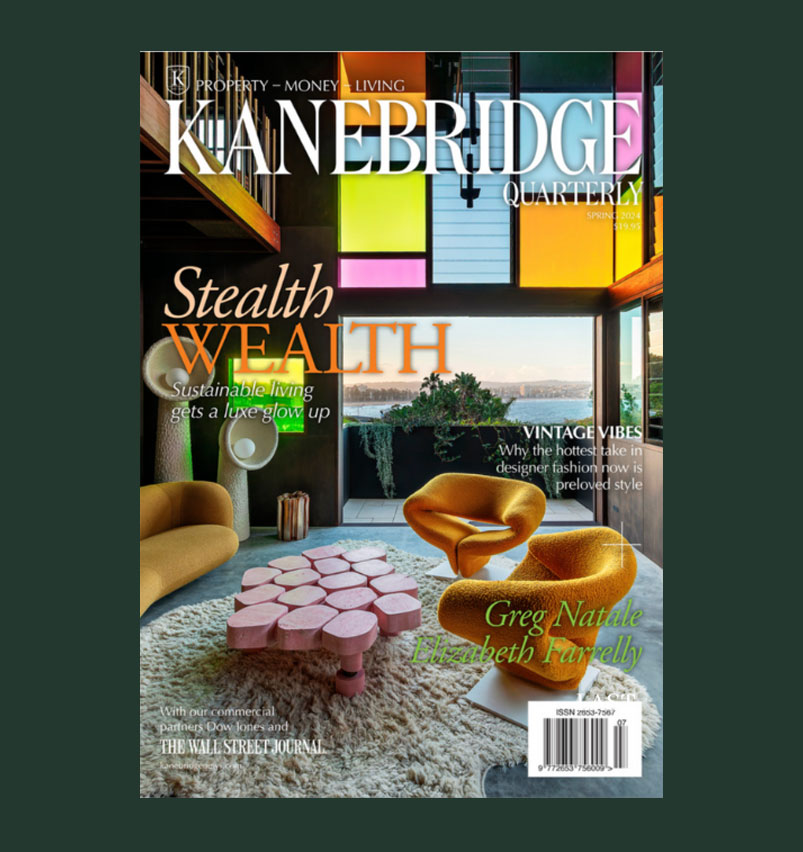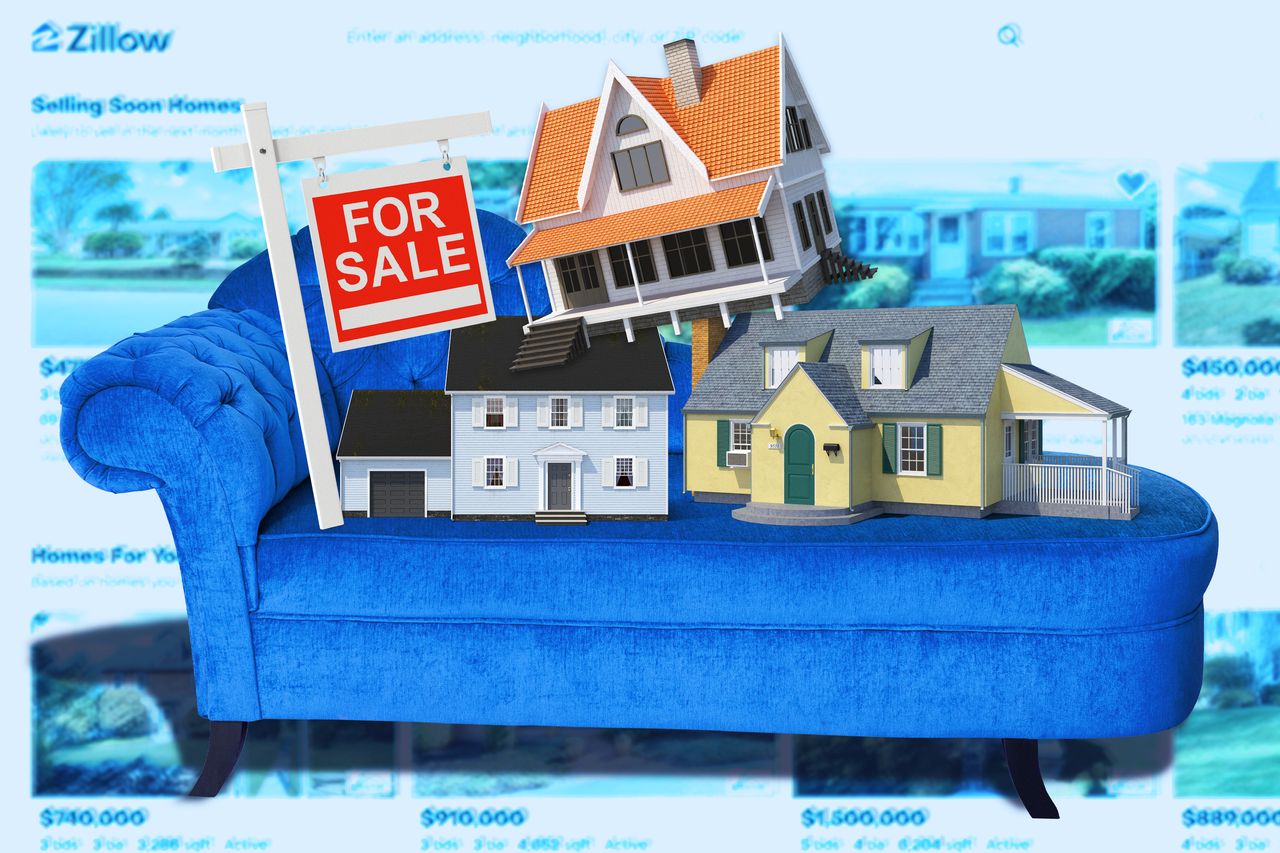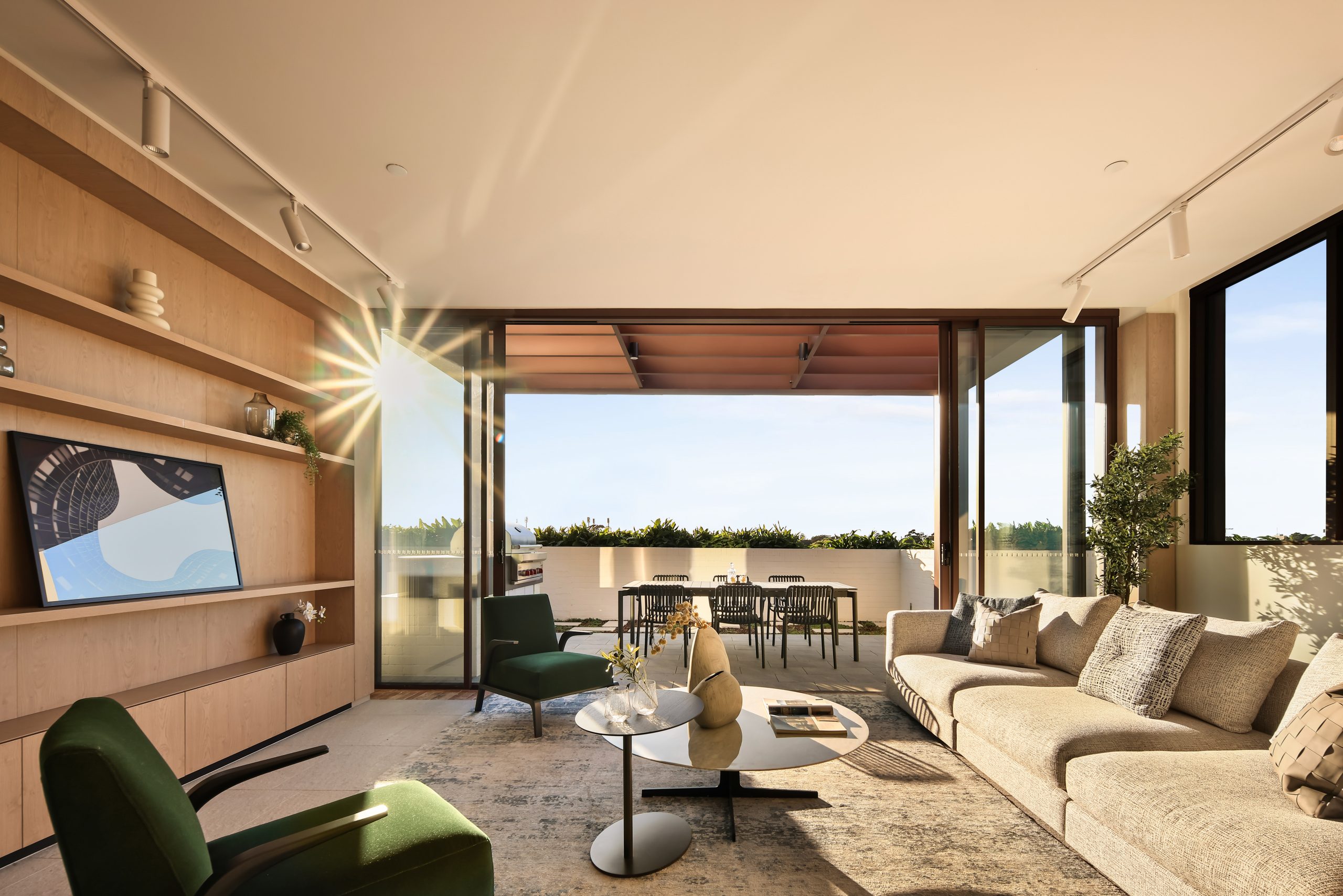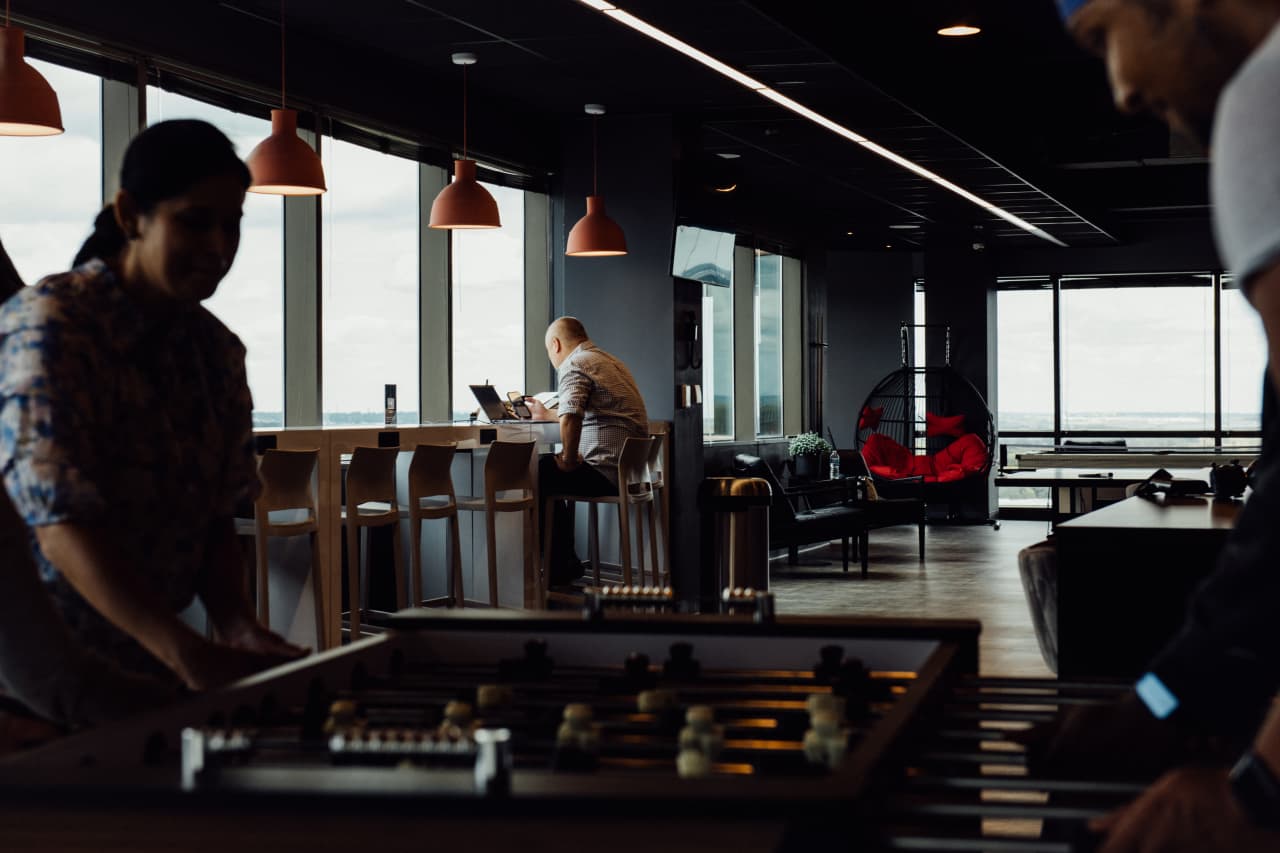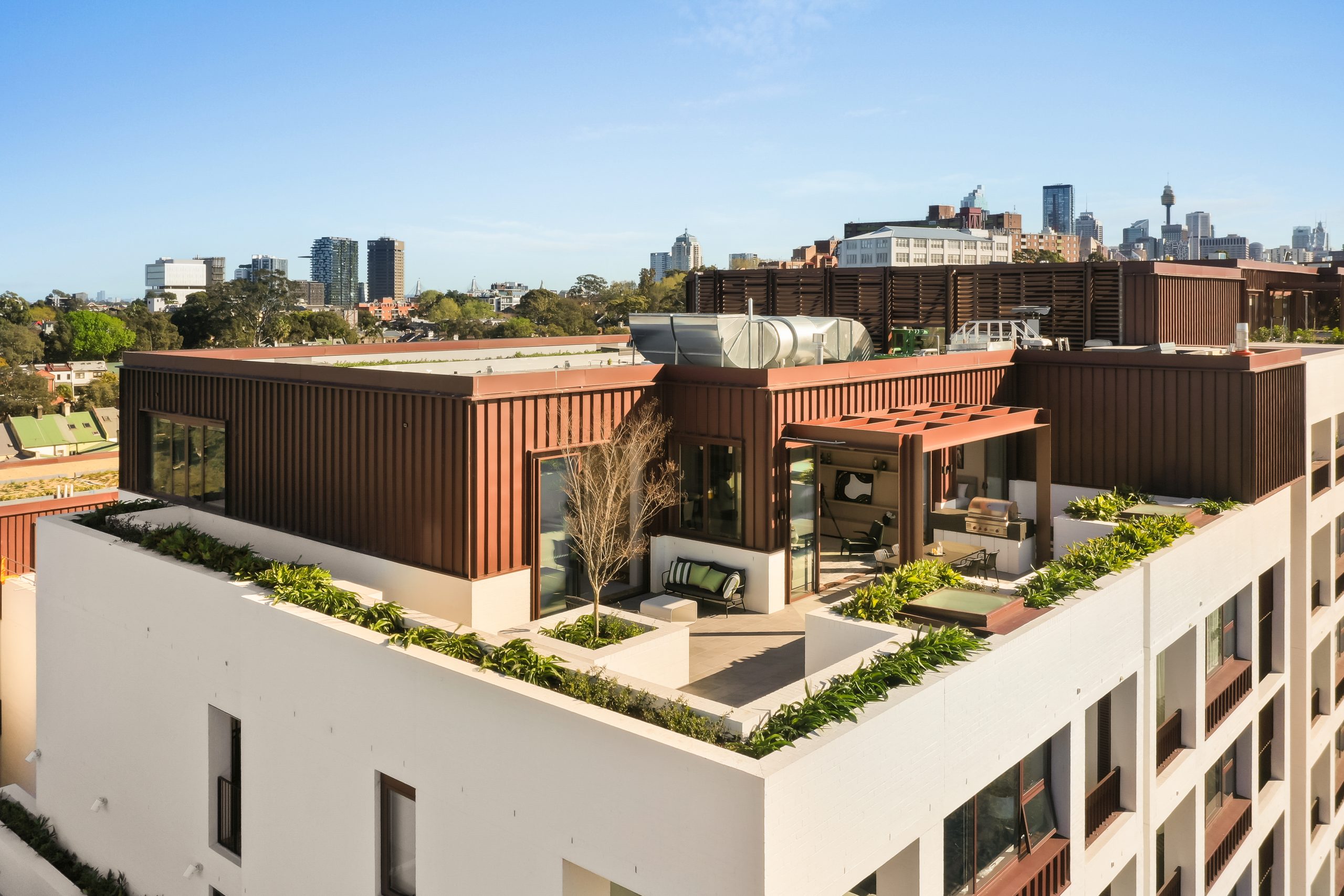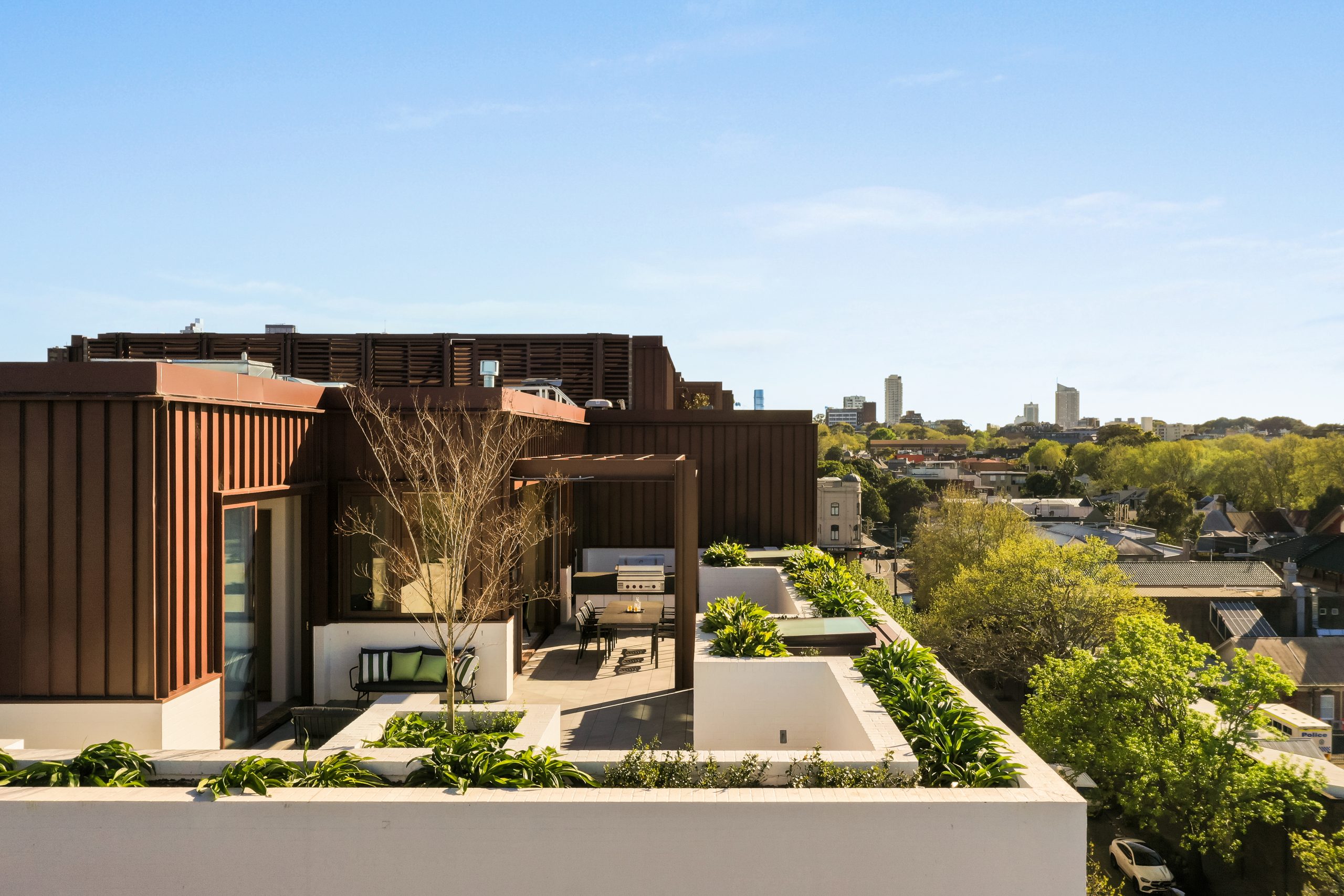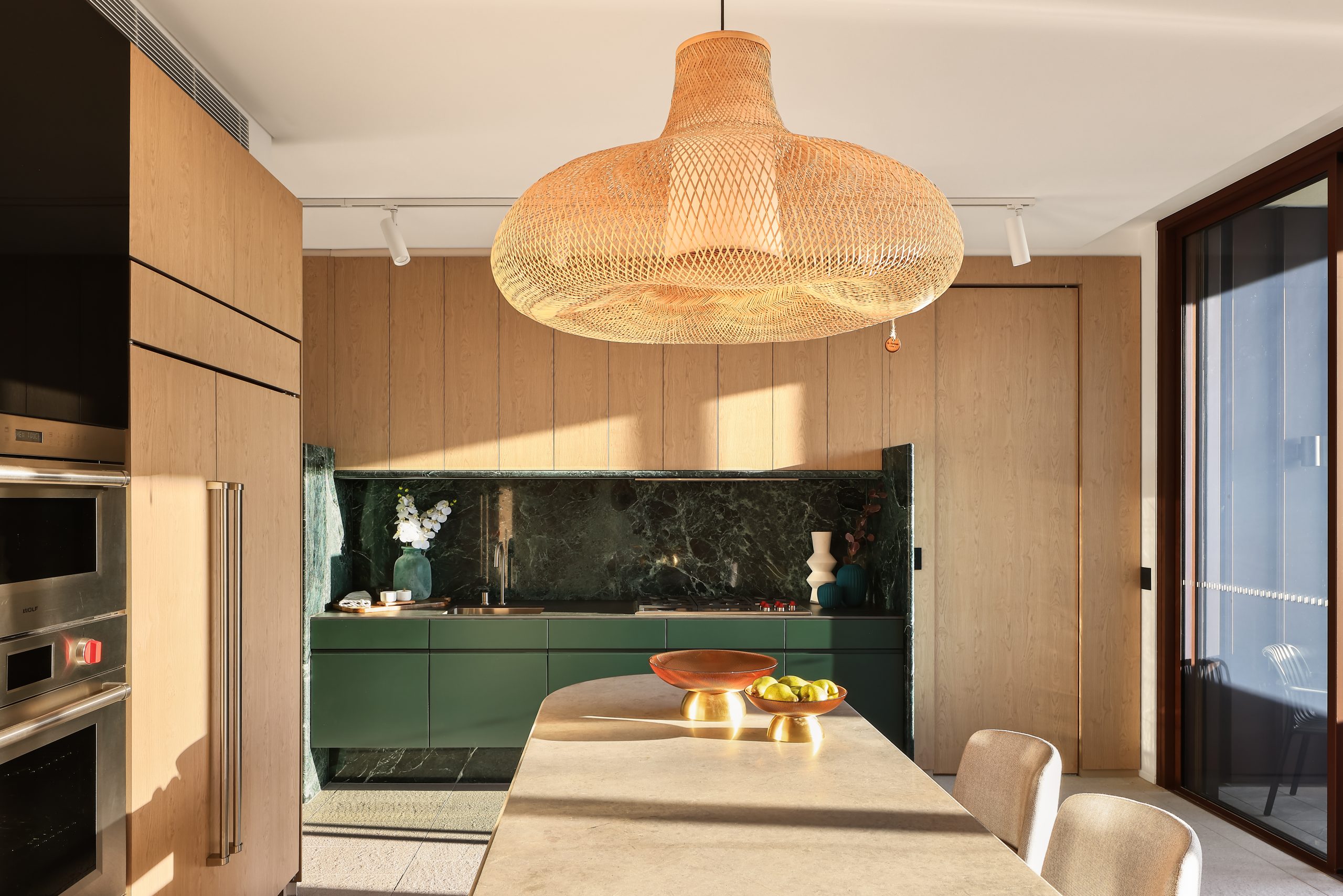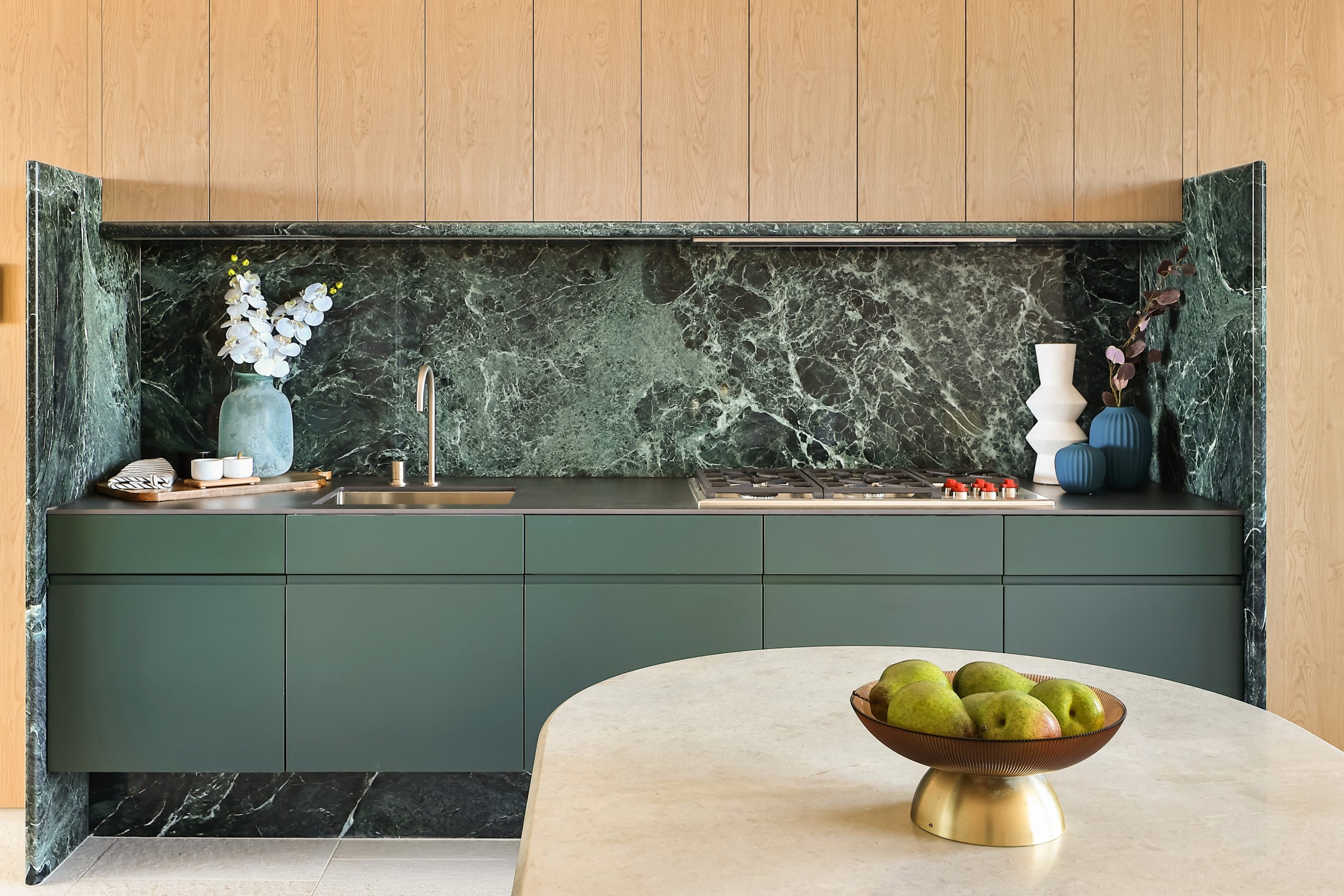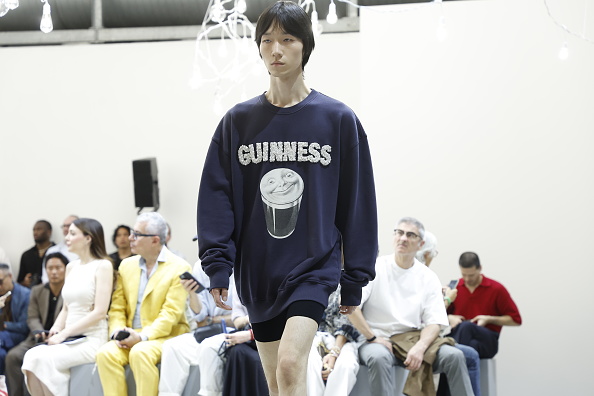When You Have a New Therapist and Her Name Is Zillow
Pretend renovations, houses you’ll never buy: the therapeutic benefits of real-estate fantasies
Ellisha Caplan has exercised , maintained a healthy diet and gotten sleep to manage stress. Lately she’s found something that makes her feel even better: Zillow .
In spare moments, the 47-year-old consultant in Delaware searches real-estate websites for homes in her price range in Philadelphia, where she went to college, and in the small German town where her family has spent several idyllic summers. She looks up nearby restaurants and bike trails, too, imagining her life if she retired there.
“It’s calming, like a massage for my brain,” Caplan says. “I get to let my mind run awhile and just go with the flow.”
Rising prices , few options and high mortgage rates have made home buying uniquely painful right now. But make-believe house hunts are different. They transport people out of their current problems into a fantasy of a better future, a relaxing habit one fantasizer likens to a “digital glass of wine.” I call it Zillow therapy.
Trawling Zillow for alternate versions of your life isn’t the same thing as gawking at real-estate porn, memorably captured in this “ Saturday Night Live ” skit. People using Zillow for therapeutic reasons tend to focus on a specific place, perusing homes they think they can afford and imagining life there. Down the rabbit hole, they cruise Google Maps and local websites for bars, hiking trails or—guilty as charged—bookstores and libraries.
“The fantasy is sustaining,” says Giulia Poerio, a lecturer at the University of Sussex, in the U.K., who studies how daydreaming can help regulate our emotional well-being. “Even if you can’t get what you need right now, you can Zillow it and get a little bit of energy or hope to keep you going.”
Walking trails, room to write
In reporting this column, I heard from people whose Zillow fantasies focus on homes with large backyards, where kids and dogs can romp outside unsupervised, and on places with a detached studio for writing or drawing. Nostalgia powers lots of people’s searches: They look at homes in a childhood town or another place they lived when life seemed simpler. Others use their daydreams to identify what’s missing from their current lives, such as community or nature.
My Zillow therapy sessions centre on Seattle . It’s far from hurricane season in Miami, where I live. I have a close friend there. And there’s plenty of water where I can sail . I search for (and imagine renovating) homes near walking trails and marinas, with a room where I can write with a view of some magnificent trees. Instant Zen.
Looking at worse houses rather than better ones is a balm for some people. Unattractive or cramped homes make them feel better about where they currently live, especially if their own home is less expensive. Psychologists call this phenomenon downward social comparison.
“If you want to see the 900 square feet that $1.8 million can get you, just put in a San Francisco ZIP Code,” says Hooria Jazaieri, an assistant professor of management at Santa Clara University’s business school who studies how people regulate their emotions. “It’s a great way to make you feel grateful.”
Zillow is helping Bill Marklein, 39, get through an expensive kitchen remodel—he and his wife have a baby daughter and have been doing dishes in the bathtub for months. He browses listings in his price range within a 30-mile radius of his home in Plymouth, Wis., lingering on the kitchens. Nice ones make him feel good about his investment. But hideous ones with 1970s avocado-green cabinets or battered white refrigerators sticking out into the room cheer him up, too.
“It’s like having a digital glass of wine,” says the business owner. “It shows you that life isn’t so bad.”
The limits of Zillow therapy
Zillow’s user data suggests that plenty of us are doing this. The company’s real-estate websites and apps, which include Trulia and StreetEasy, have a combined 217 million average unique monthly users. Yet just slightly more than four million existing homes were sold in the U.S. last year, according to the National Association of Realtors.
Zillow is “not a replacement for therapy,” says the company’s home trends expert Amanda Pendleton, though it can give people an emotional boost.
“It’s a judgment-free zone,” she says. “Unlike on social media, no one is going to comment on the home you’re looking up and tell you it’s a terrible choice.”
Still, there are drawbacks to spending too much time in our imagination.
“The fantasies zap your energy,” says Gabriele Oettingen, a professor of psychology at New York University, who studies the psychology of motivation. Her research shows that while people who have positive fantasies about the future feel better in the moment, they often don’t achieve the goals they’re dreaming about. “Your attention is away from your current reality,” Oettingen says.
The solution, if you want to make your dream come true, is to identify the obstacle in the way of achieving your goal, she says. If you can’t move right now, accept that and choose a more immediate goal. Can’t buy a house in the seaside town your family vacationed in as a child? Plan a trip to the beach.
And if you’re serious about a future move, take steps to make it a reality down the road.
Elizabeth Uslander, 42, lives in San Diego but enjoys perusing house listings in small towns in the Colorado mountains to help her cope with the pressures of running a business and blending her family with her new husband’s. She looks for homes with direct access to nature and enough bedrooms for all, then researches how close they are from the ski slopes, shops and the local bar.
She shares her favorite listings with her husband, which she says is “like making drip castles in the sandbox with your bestie.” Recently, they found a home they like so much near Steamboat Springs that they visited it—and then bought it.
They have no plans to move right now but plan to visit often. Uslander says that just owning it makes her feel that her current stressors are temporary.
“I actually made the fantasy come to life,” she says.
 Copyright 2020, Dow Jones & Company, Inc. All Rights Reserved Worldwide. LEARN MORE
Copyright 2020, Dow Jones & Company, Inc. All Rights Reserved Worldwide. LEARN MORE
This stylish family home combines a classic palette and finishes with a flexible floorplan
Just 55 minutes from Sydney, make this your creative getaway located in the majestic Hawkesbury region.
A Sydney site with a questionable past is reborn as a luxe residential environment ideal for indulging in dining out
Long-term Sydney residents always had handful of not-so-glamourous nicknames for the building on the corner of Cleveland and Baptist Streets straddling Redfern and Surry Hills, but after a modern rebirth that’s all changed.
Once known as “Murder Mall” or “Methadone Mall”, the 1960s-built Surry Hills Shopping Centre was a magnet for colourful characters and questionable behaviour. Today, however, a $500 million facelift of the site — alongside a slow and steady gentrification of the two neighbouring suburbs — the prime corner property has been transformed into a luxury apartment complex Surry Hills Village by developer Toga Group.
The crowning feature of the 122-apartment project is the three-bedroom penthouse, fully completed and just released to market with a $7.5 million price guide.
Measuring 211sqm of internal space, with a 136sqm terrace complete with landscaping, the penthouse is the brand new brainchild of Surry Hills local Adam Haddow, director of architecture at award-winning firm SJB.
Victoria Judge, senior associate and co-interior design lead at SJB says Surry Hills Village sets a new residential benchmark for the southern end of Surry Hills.
“The residential offering is well-appointed, confident, luxe and bohemian. Smart enough to know what makes good living, and cool enough to hold its own amongst design-centric Surry Hills.”
Allan Vidor, managing director of Toga Group, adds that the penthouse is the quintessential jewel in the crown of Surry Hills Village.
“Bringing together a distinct design that draws on the beauty and vibrancy of Sydney; grand spaces and the finest finishes across a significant footprint, located only a stone’s throw away from the exciting cultural hub of Crown St and Surry Hills.”
Created to maximise views of the city skyline and parkland, the top floor apartment has a practical layout including a wide private lobby leading to the main living room, a sleek kitchen featuring Pietra Verde marble and a concealed butler’s pantry Sub-Zero Wolf appliances, full-height Aspen elm joinery panels hiding storage throughout, flamed Saville stone flooring, a powder room, and two car spaces with a personal EV.
All three bedrooms have large wardrobes and ensuites with bathrooms fittings such as freestanding baths, artisan penny tiles, emerald marble surfaces and brushed-nickel accents.
Additional features of the entertainer’s home include leather-bound joinery doors opening to a full wet bar with Sub-Zero wine fridge and Sub-Zero Wolf barbecue.
The Surry Hills Village precinct will open in stages until autumn next year and once complete, Wunderlich Lane will be home to a collection of 25 restaurants and bars plus wellness and boutique retail. The EVE Hotel Sydney will open later in 2024, offering guests an immersive experience in the precinct’s art, culture, and culinary offerings.
The Surry Hills Village penthouse on Baptist is now finished and ready to move into with marketing through Toga Group and inquiries to 1800 554 556.
This stylish family home combines a classic palette and finishes with a flexible floorplan
Just 55 minutes from Sydney, make this your creative getaway located in the majestic Hawkesbury region.



